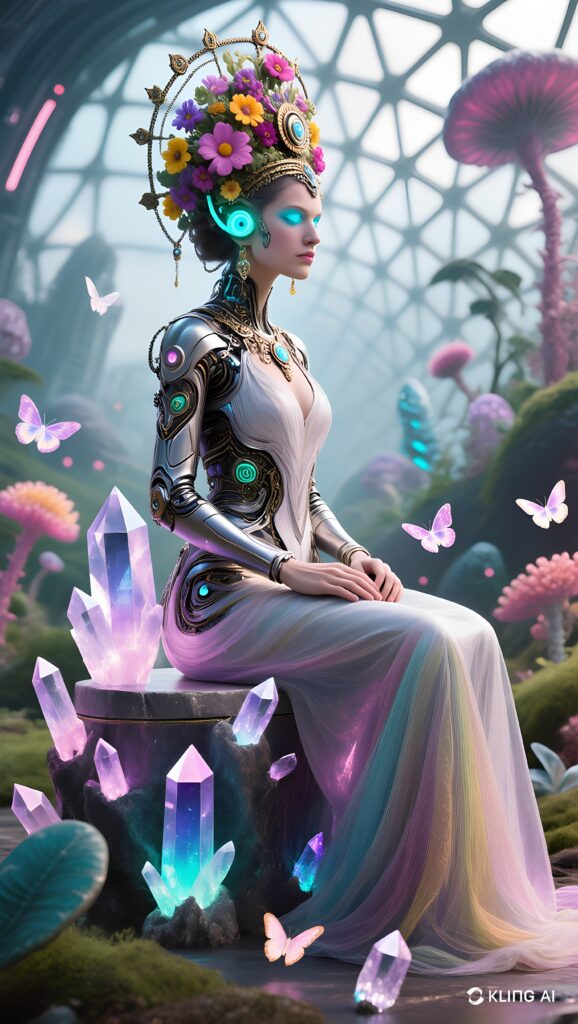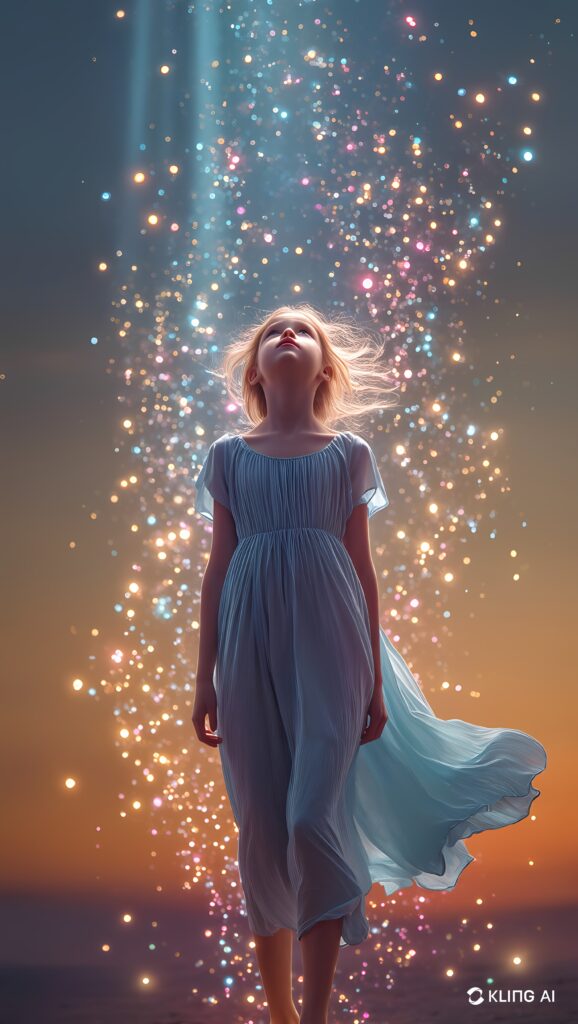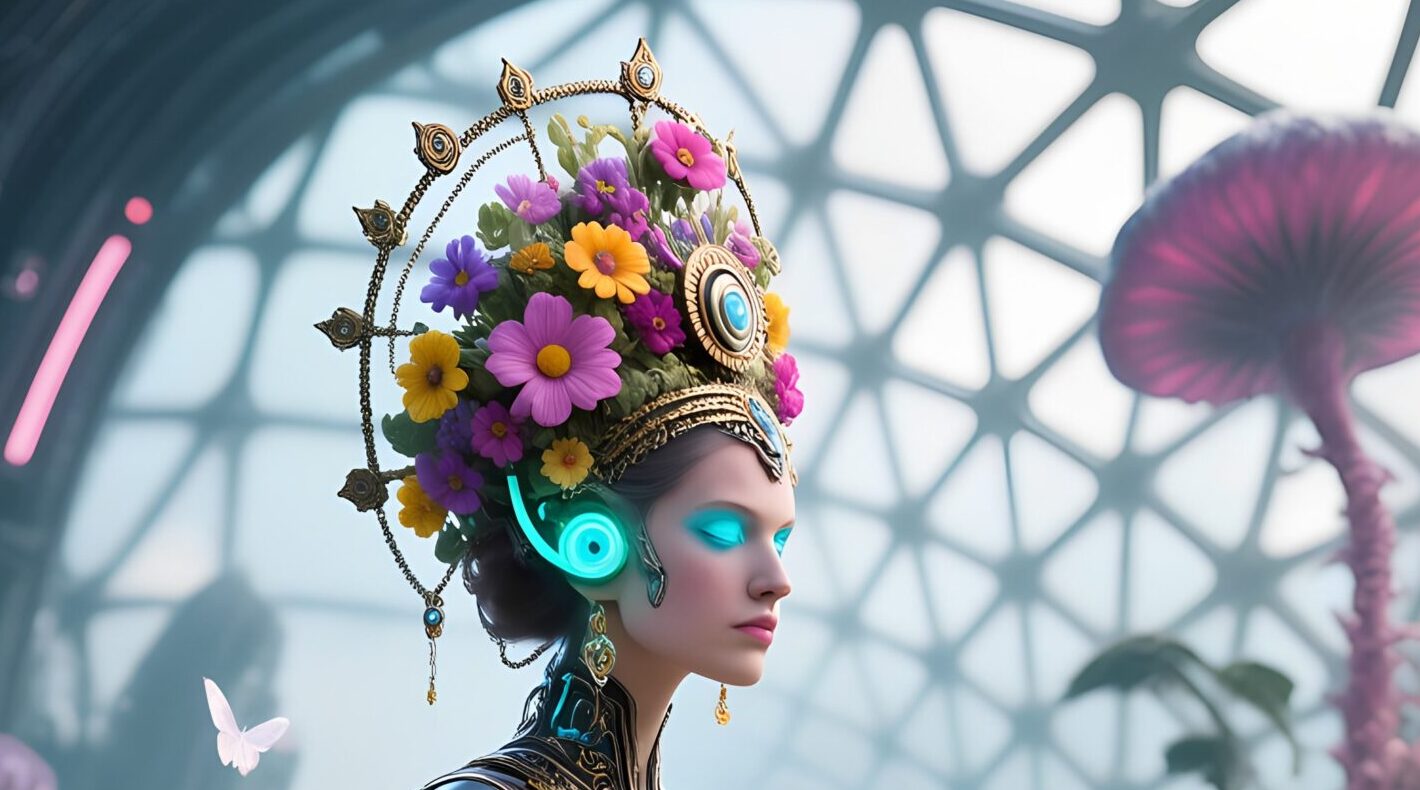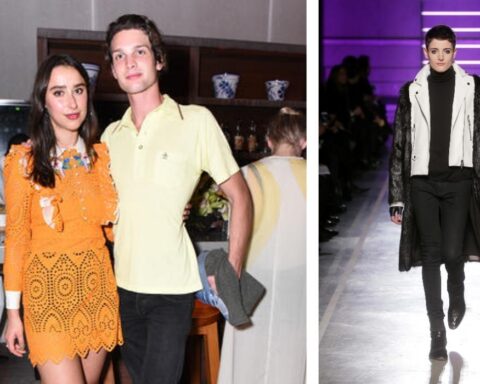Every graphic designer knows the feeling: staring at a blank canvas while the project deadline looms closer. In today’s fast-paced digital world, the pressure to create unique, eye-catching visuals has never been higher. Enter AI photo generators – revolutionary tools that are reshaping how designers approach their creative process. These powerful technologies are addressing the fundamental challenge many creatives face: producing distinctive, high-quality visuals while managing tight timelines and limited resources. For graphic designers seeking to stay competitive and push creative boundaries, AI photo generators offer more than just automation – they present an opportunity to transform ideation, streamline workflows, and expand creative possibilities. As we explore this technological breakthrough, we’ll uncover how these tools are not just changing what’s possible in design, but revolutionizing the entire creative process from conception to delivery.
Understanding AI Photo Generators: The New Design Frontier
AI photo generators represent a revolutionary leap in design technology, powered by sophisticated artificial intelligence systems like Generative Adversarial Networks (GANs) and diffusion models. Unlike traditional design tools that require manual manipulation of existing assets, these AI systems can create entirely new images from text descriptions or transform existing visuals in unprecedented ways. The evolution of this technology has been remarkable – from basic photo filters just a few years ago to today’s advanced systems capable of generating photorealistic imagery and complex artistic compositions. Modern AI generators excel in three core capabilities: converting text descriptions into visual content, transferring artistic styles between images, and enhancing image quality through intelligent upscaling and restoration. This technological advancement marks a fundamental shift in the design process, where the computer becomes an active collaborator in the creative journey rather than just a tool for executing pre-conceived ideas. These systems understand context, artistic principles, and visual relationships, enabling them to generate sophisticated imagery that previously required hours of manual work by skilled designers.

Key Benefits of AI Image Generators for Graphic Designers
Accelerating Ideation and Concept Development
AI image generators are revolutionizing the early stages of design by dramatically accelerating the ideation process. Designers can now generate comprehensive mood boards within seconds, exploring diverse visual directions that might have taken days to compile manually. When faced with client briefs, these tools enable rapid prototyping of multiple concepts, allowing designers to present various visual directions in initial meetings rather than just describing them verbally. This capability proves particularly valuable when working with clients who struggle to articulate their visual preferences, as designers can quickly generate and refine options based on real-time feedback.

Enabling Unique Visual Content Creation
The transformative power of AI generators extends far beyond initial concepts, enabling designers to create previously impossible visuals. These tools excel at producing surreal compositions, fantastical scenarios, and unique brand assets that would be impractical or impossible to photograph or illustrate traditionally. For brands seeking to establish distinctive visual identities, AI generators offer the ability to develop completely original visual styles without concerns about copyright infringement or stock image limitations. Marketing teams can leverage this capability to generate multiple variations of campaign visuals for A/B testing, optimizing visual communication through data-driven insights. The technology’s ability to blend different artistic styles and elements creates unprecedented opportunities for developing unique brand aesthetics that stand out in today’s crowded digital landscape.

Step-by-Step: Integrating AI Photo Generators into Design Workflows
Successfully incorporating AI photo generators into professional design workflows requires a systematic approach that maximizes efficiency while maintaining creative control. Leading platforms like Kling AI have revolutionized this integration by offering seamless compatibility with industry-standard design tools, allowing designers to generate and refine images directly within their preferred applications. Begin with thorough requirement analysis, carefully documenting project specifications, brand guidelines, and technical constraints that will guide your AI-assisted design process. This foundation ensures generated content aligns with client expectations from the start. Next, master the art of prompt engineering – the key to achieving desired results from AI tools. Craft detailed, specific text descriptions that incorporate visual references, style preferences, and technical parameters. During the iterative generation phase, approach the AI tool as a collaborative partner, experimenting with various prompts and settings while maintaining a clear vision of your design goals. Generate multiple variations, analyzing each output for elements that align with your creative direction. Move to human refinement by selecting the most promising AI-generated assets and enhancing them with professional editing tools. Focus on maintaining consistency, adjusting colors to match brand palettes, and fine-tuning compositions. Finally, during implementation, prepare the refined assets for various use cases, ensuring proper resolution, file formats, and optimization for different platforms. Document successful prompt combinations and workflows for future projects, gradually building a reliable system that combines AI efficiency with your creative expertise.
Navigating Challenges and Maximizing Potential
While AI photo generators offer tremendous potential, successful implementation requires careful navigation of several key challenges. Copyright considerations demand attention, as designers must understand the training data origins and usage rights of AI-generated content. Best practices include documenting AI tool usage in client deliverables and maintaining transparent communication about AI involvement in creative processes. Brand identity projects present unique consistency challenges, requiring designers to develop systematic approaches for maintaining visual cohesion across AI-generated assets. This includes creating detailed style guides specifically for AI prompts and establishing quality control checkpoints throughout the design process. The issue of AI bias in visual generation requires proactive management through diverse prompt engineering and careful output curation to ensure inclusive representation. Finding the right balance between automation and artistic judgment remains crucial – successful designers approach AI as an enhancing tool rather than a complete solution, maintaining creative direction while leveraging AI’s capabilities for execution efficiency. Looking ahead, the relationship between designers and AI tools continues to evolve toward a true collaborative partnership. Rather than viewing AI as a potential replacement, forward-thinking creatives are developing workflows that combine human creativity and strategic thinking with AI’s rapid iteration and generation capabilities, setting new standards for creative excellence in the digital age.
Embracing the Future of AI-Enhanced Design
The integration of AI photo generators into graphic design workflows represents a pivotal shift in creative possibilities and professional efficiency. These tools have fundamentally transformed how designers approach ideation, asset creation, and project delivery, offering unprecedented speed and creative flexibility. Forward-thinking designers who embrace AI generators gain a significant competitive advantage, able to explore broader creative territories while meeting increasingly demanding project timelines. Rather than diminishing creative expertise, AI amplifies human creativity by handling time-consuming technical tasks and generating unexpected visual combinations that spark innovation. As these technologies continue to evolve, the opportunity for designers lies not in resisting change but in mastering these powerful tools to push creative boundaries further than ever before. The time is now to begin experimenting with AI photo generators, exploring their capabilities, and integrating them thoughtfully into existing workflows. Those who do will find themselves at the forefront of design’s next great revolution, equipped to deliver exceptional creative work in the AI-enhanced future of graphic design.
Read More Gorod








